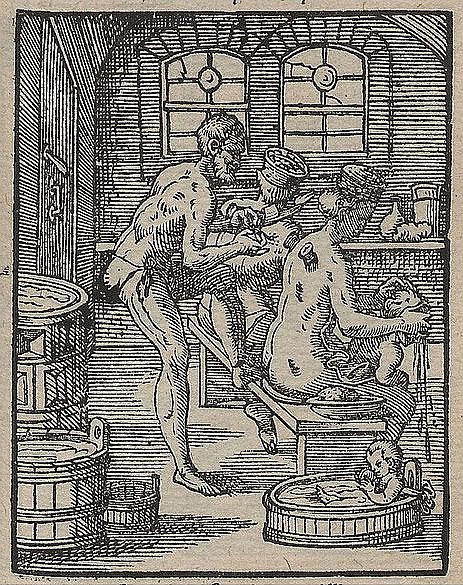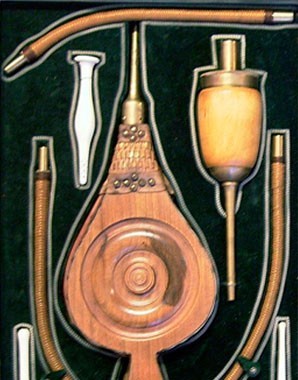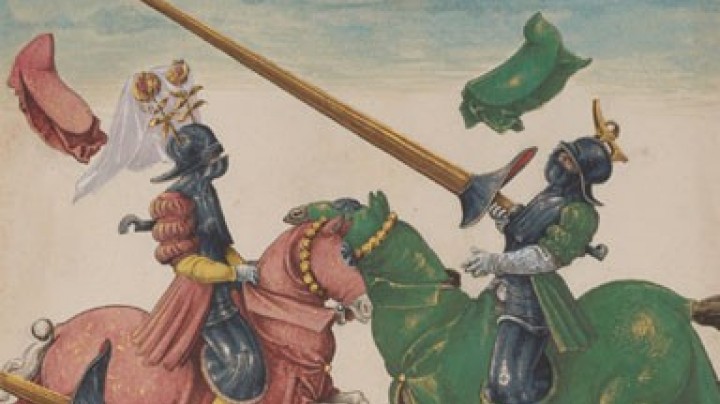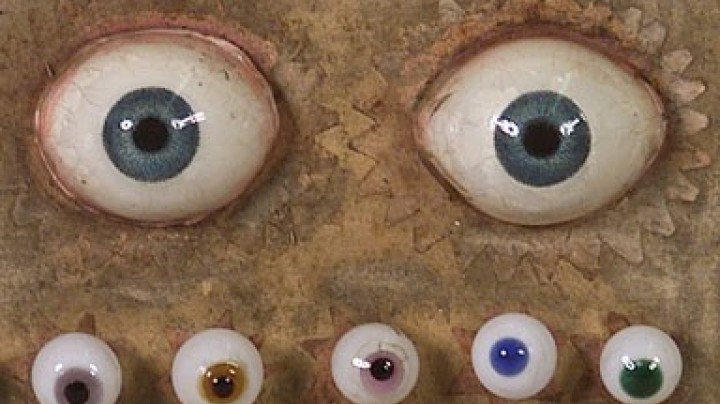Popular medical treatments – cupping, bleeding and purging
Cupping, bleeding and purging were common methods used to restore the balance between the humours.
In the early modern era, illnesses were thought to be caused by disturbances of the body, which, when perfectly healthy, was held to be in an inner state of harmonious balance, like the world or the cosmos. This model can be regarded as a further development of Galen’s doctrine of the four humours, according to which there should be a balance between the four cardinal fluids in the body, that is, blood, phlegm, and yellow and black bile. Any obstruction or viscosity therefore had to be treated, and one of the most popular and universal methods for restoring physical balance was bleeding.
Bleeding was used for any kind of ailment, and even the healthy underwent it several times a year as a preventative measure. It was mostly barber-surgeons who administered this rather dangerous treatment, and their lack of anatomical knowledge often aggravated the problem as they could and did at times sever arteries by mistake, and if the cuts became infected, the patient’s condition often worsened.
Cupping was also thought to remove excess bodily humours, but this treatment was slightly less hazardous. A specially shaped glass was heated and applied to the skin. The vacuum created by the glass cooling was supposed to extract harmful substances; this method was thus also used after immoderate consumption of alcohol.
Purging was used for ailments of the stomach and alimentary canal. Emetics or clysters were administered, thus cleansing the body and restoring well-being.
In bath houses, activities such as bathing and sweating, ‘transpiring’ and ‘venting’ were regarded as social events.














